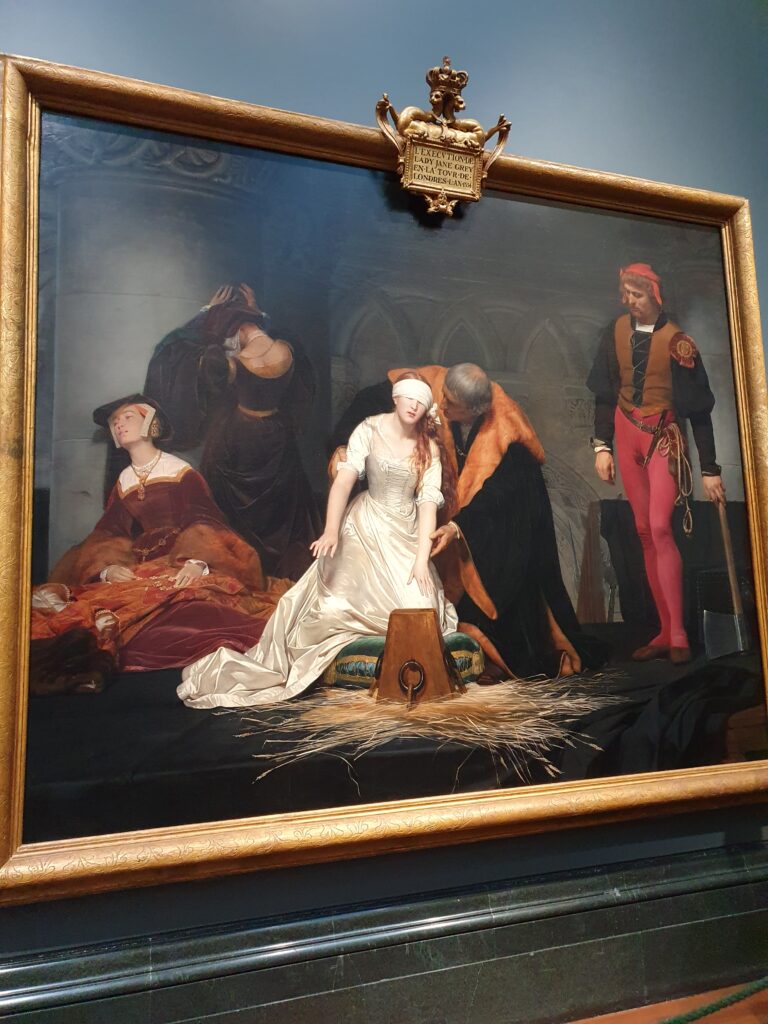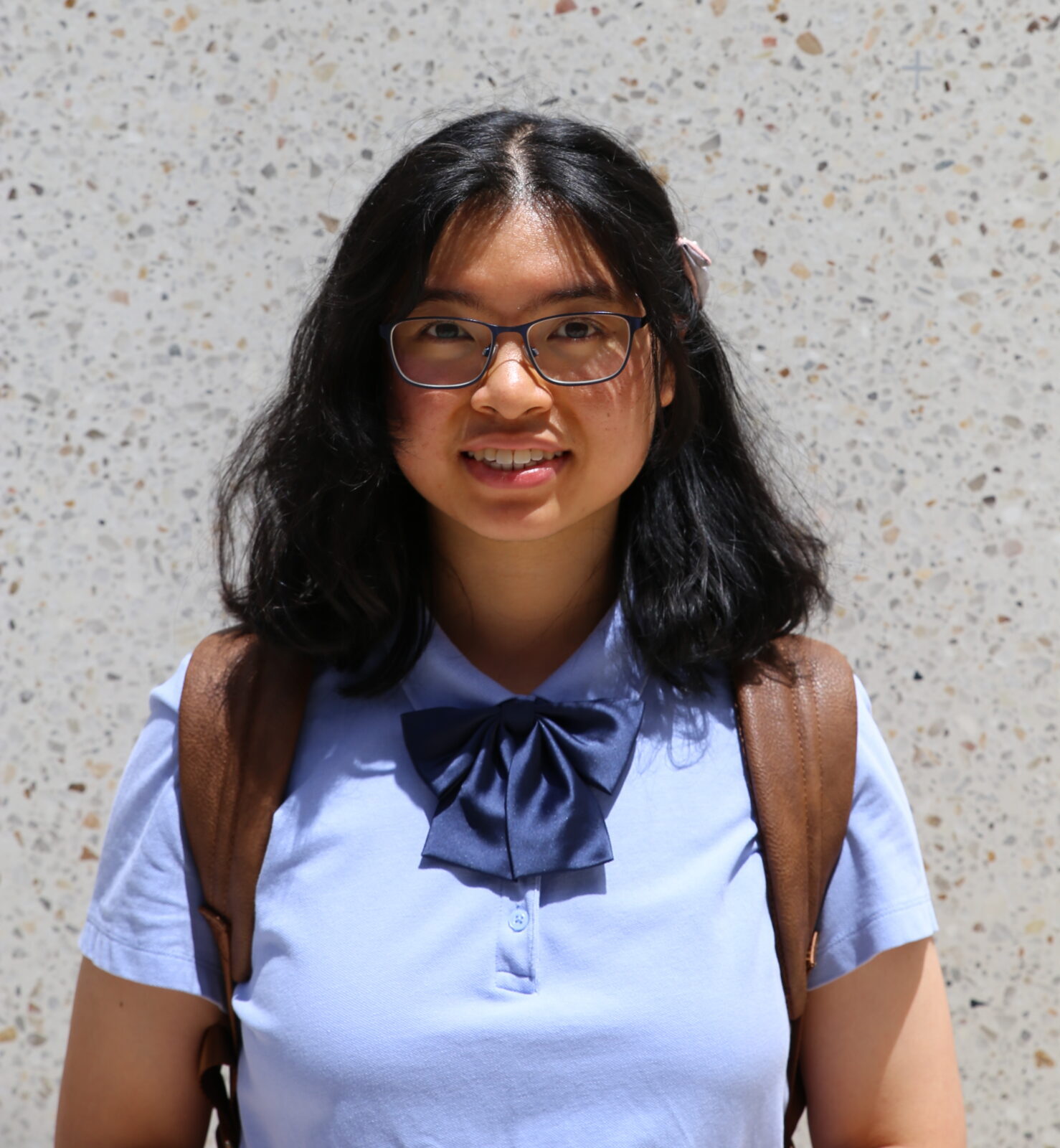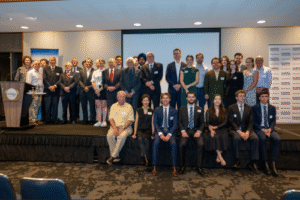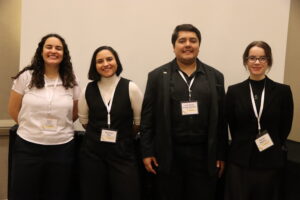‘At the last event, I was disappointed that pretty much everyone was private-school educated,’ an elderly English gentleman whispers. Our private conversation occurs at the back of the UnHerd Club, before a discussion between Freddie Sayers and Coleman Hughes, ‘you see, Frances, class is still very important here. I almost failed a job interview because I didn’t come from the right school.’
Perhaps he can perceive my own uphill climb to be perceived as a ‘serious intellectual’. My family was middle-class but, like many immigrants, scoffed, ‘what job is at the end of “culture”? Even a plumber can make $200 just to look at a toilet. A philosophy PhD cleans it for far less!’ Western Sydney arts administrators equated ‘Fuck the police’ graffiti with Pre-Raphaelite technique if the street artist came from a tick-box-listed marginalised category and committed to decolonisation.
The turns of fate which brought me to London do not occur to me through the 17-hour Perth-to-London flight spent writing fanfiction, playing Plants vs. Zombies and eating quick-sale hot cross buns from a kimchi bucket. They only start to become clear during a weekend visit to the British National Gallery.
Paul Delaroche’s painting The Execution of Lady Jane Grey towers over me. I first saw it in Year 10 elective history in high school but only through Google Images or on fuzzy printouts. The painting depicts a dank room with grieving participants to the execution of a blindfolded Jane Grey. My high school teacher explained that the actual execution took place in the open air. Faced with the masterpiece in full size, the use of realistic style to privilege a psychological perspective is even more technically and conceptually impressive than I recalled.
What a privilege for locals to visit such masterful and historically significant artworks – for free! A strikingly three-dimensional painting of an unknown gentleman looks at me over his coat collar. The caption explains how dabs of white paint in his subject’s eyes mimic the corneal reflection. These paintings are psychophysics at its finest. I understand Douglas Murray’s rage against leftist social justice warriors’ attempts to destroy British art and civilisation under the umbrella of ‘decolonisation.’
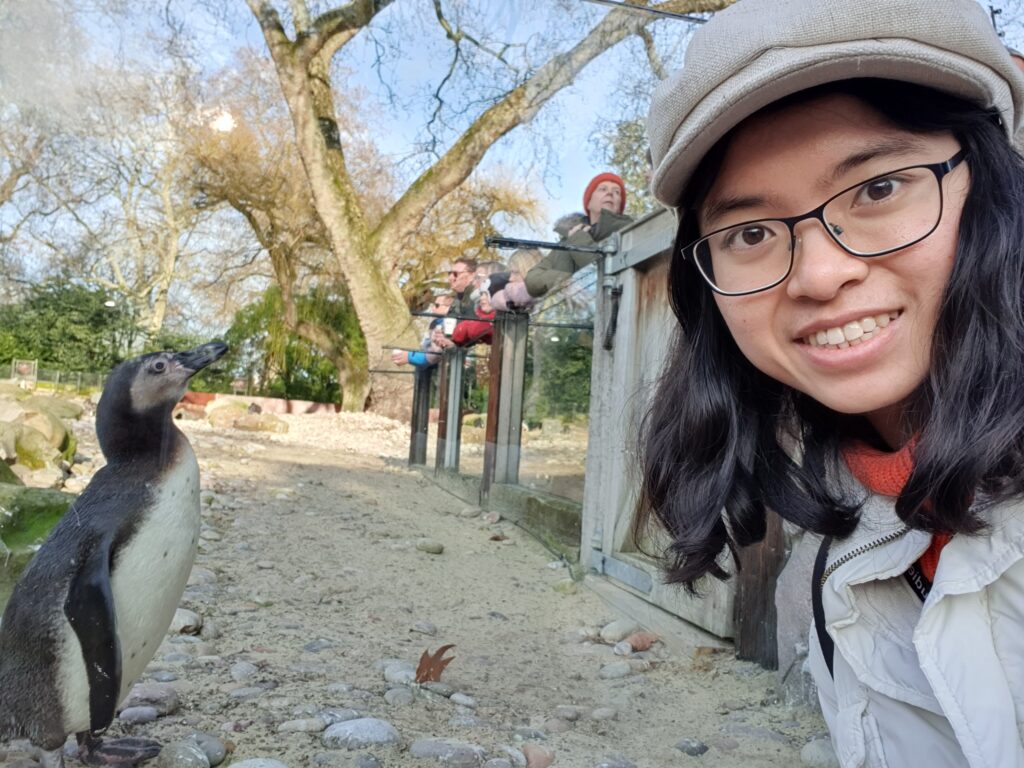
Though in the old world of London, an aspirational ‘American Dream’ feeling fills me as I wander through ornate cathedrals, old paintings and canals. During my undergraduate years, a refusal to play the diversity card according to a racial identity politics script cost me short-term professional success and friendships. My peers won multiple ‘writers-of-colour’ grants worth thousands of dollars. I spent long solitary hours reading about logical thinking, the history and philosophy of psychology and political science classics.
Years later, those grantees shout hash-taggable political slogans about diversity and ‘compassion’, blind to the consequences of governments surrendering to hostile transgender and BLM lobbies. Meanwhile, I have studied the psychological dynamics within the political Left and Right, and considered the balance between tradition and change through my readings of conservativism’s fractures.
Contrary to my younger self’s shame about being from Western Sydney, I now understand that birth circumstances do not detract from the effort I have made into becoming a ‘serious intellectual.’ If anything, it enforces humility and openness on my part and trust from others in this alien city who feel displaced from elitist cultural tiers.

